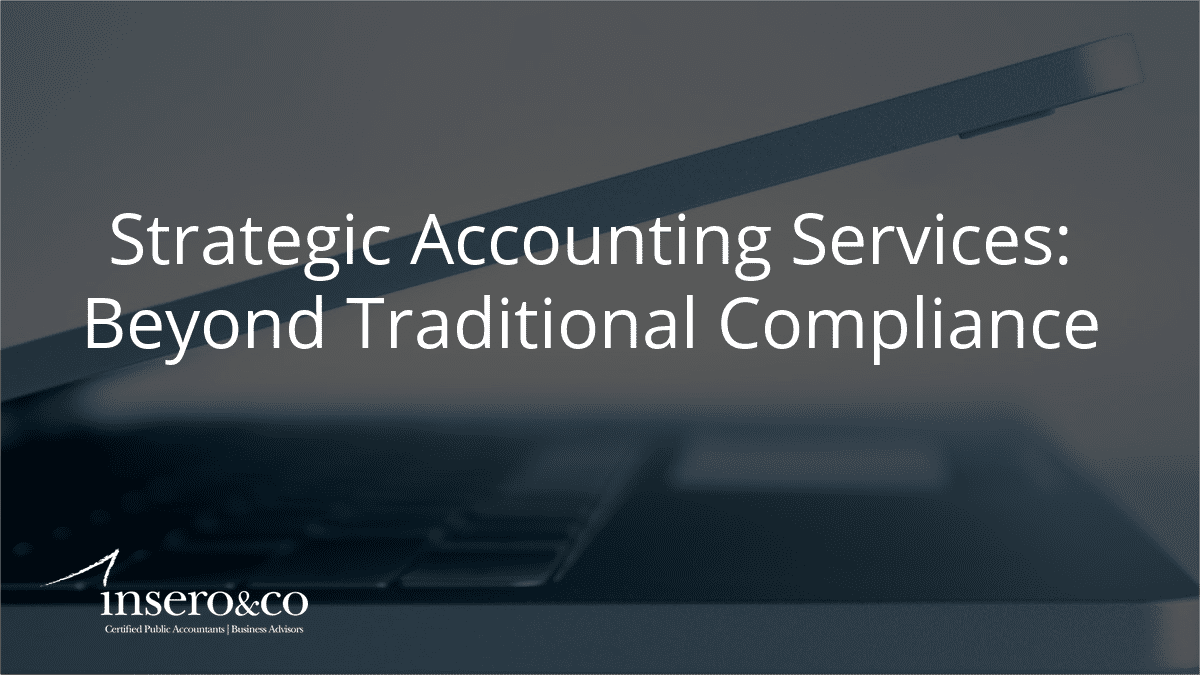For years Amazon lost money on their financial statements but appeared to be unfazed by the negative financial press. Why? Their laser beam focus was on cash flow! Here are ideas to help define your business’s success using cash flow techniques.
Develop a culture of improving your cash position. Start by getting in the habit of monitoring your bank account activity daily to watch for mistakes or unforeseen charges. Then look at each business process that involves cash — purchasing, inventory, collections and payroll are good examples. Consider extending terms for paying vendors, establishing shorter terms for customers to pay and implementing a review process to ensure accurate payroll calculations. Also, explore opportunities to turn over your inventory faster.
Create a cash flow forecast. With your knowledge of cash, create a forward-looking statement of monthly cash flow. The most common practice is a rolling 12-month forecast. This projects cash out twelve months. Then each new month, you drop a month and add another month one year out. It will reflect the ebbs and flow of cash throughout the year and identify times of cash crunch. You can then see the impact of changes you are making on your company’s cash position.
Create and monitor relevant ratios. There are many helpful cash flow ratios. Identify ratios that are especially helpful to your business. Have debt? Consider the cash flow coverage ratio (operating cash flow ÷ by debt) to help plan for scheduled debt payments. Are you making a lot of capital purchases? Use the free cash flow calculation (operating cash flow – capital expenditures) to determine how much cash will be left over after purchasing.
Build-in some contingencies. Most businesses experience seasonality. Understanding your business cycles can help you strategically manage cash in high cash months to cover shortfalls that come in low cash months. Set up a line of credit so it’s available in the case of an emergency, or as a bridge during short-term liquidity needs. A line of credit only charges interest only when used, so it’s a perfect tool to have at your disposal. The best time to establish a credit line is when you are flush with cash, so use your forecast to determine the best month to ask your bank for this line of credit.
Put monitoring in place. Assign someone to monitor cash flow, then assign someone else the duty to review their findings. Key areas of focus are:
- Large cash expenditures. They can be hidden on your income statement or balance sheet. A few examples are payments on capital purchases, debt obligations, dividends, guaranteed payments to partners and taxes.
- Taxes. When not accounted for correctly, income taxes can cause a twofold problem — a large lump sum that is due in a short amount of time, plus a larger obligation to account for going forward. Don’t wait until the end of the year to project your tax provision.
- Cash accounts. Assign yourself or someone you trust to review cash accounts and remember to properly separate duties to provide proper controls.
As with many business processes, important details can fall through the cracks if there is no clear accountability for who is responsible for the task.
As always, we hope you found these insights valuable, and would be happy to discuss them further. Companies focused on growth have sought the help of Insero & Co. for more than 40 years. During that time they have consistently experienced the peace of mind that comes from knowing their CPA firm takes the concept of integrity seriously. Should you have any questions about cash flow techniques, please contact us today.




